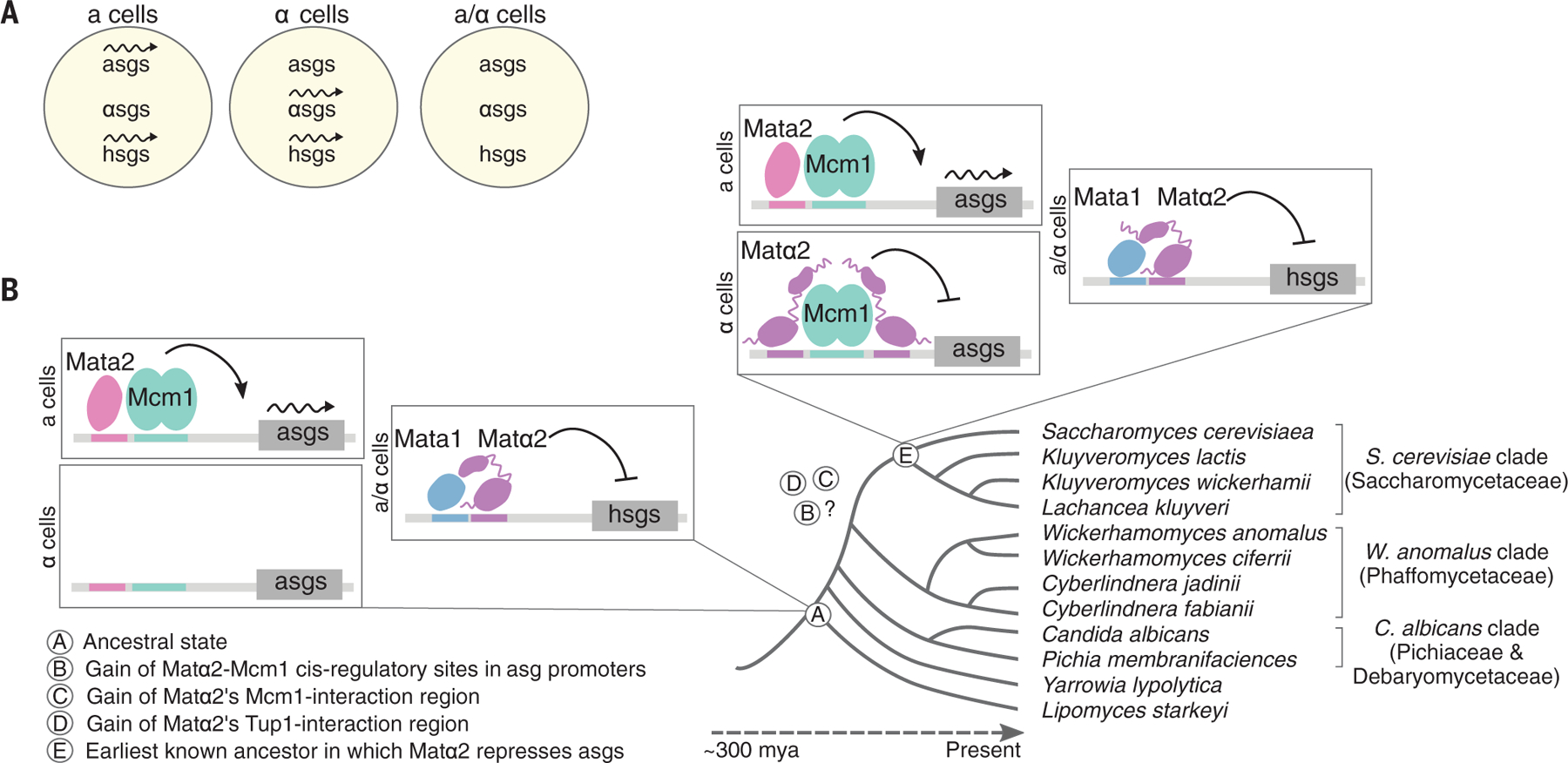Fig. 1. Cell type–specific gene expression in the Saccharomycotina yeast.

(A) Across the Saccharomycotina clade, a and α cells each express a set of genes specific to that cell type (a- and α-specific genes, or asgs and αsgs, respectively), as well as a shared set of haploid-specific genes (hsgs). a and α cells can mate to form a/α cells, which do not express the a-, α-, or haploid-specific genes (22). Wavy arrows represent active transcription. (B) The mechanism underlying the expression of a-specific genes is different among species. In the last common ancestor of the Saccharomycotina yeast (see circled A in the figure), transcription of the a-specific genes was activated by Mata2, a protein produced only in a cells, which binds directly to the regulatory region of each a-specific gene (10, 23). Much later in evolutionary time (see circled E in the figure), repression of the a-specific genes by direct binding by Matα2 evolved. Still later, the Mata2-positive form of control was lost in some species (including S. cerevisiae), leaving only the Matα2-negative form. mya, million years ago.
